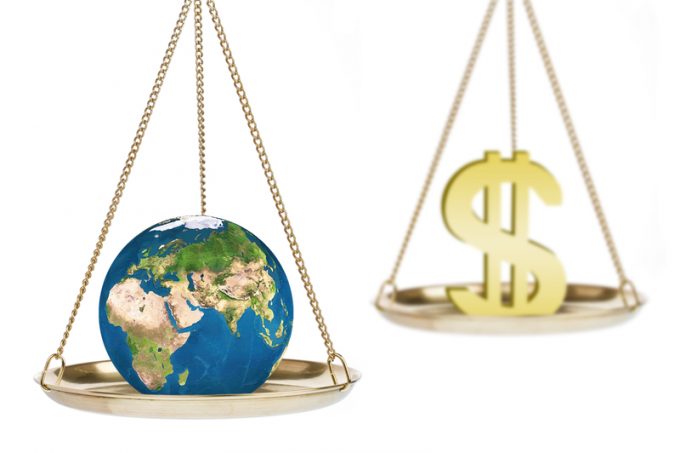Cargolux eyes move into SAF production and distribution
Cargolux is looking to expand its business activities, including getting into the production and distribution ...

Shipping costs could rise by $3bn next year, according to a new report that will undoubtedly unnerve shippers ? but the rise is less than some reports have forecast (see comment below).
The cost rise will follow the “steep” drop associated with next year’s IMO implementation of the 0.5% sulphur cap, against 3.5% allowed now.
The report, 2019 Global Container Shipping Outlook, by Alix Partners, notes that the new cap would see the costs of shipping on eastbound Asia-Americas and Asia-Europe routes ...
Asia-USEC shippers to lose 42% capacity in a surge of blanked sailings
USTR fees will lead to 'complete destabilisation' of container shipping alliances
New USTR port fees threaten shipping and global supply chains, says Cosco
Outlook for container shipping 'more uncertain now than at the onset of Covid'
Transpac container service closures mount
DHL Express suspends non-de minimis B2C parcels to US consumers
Zim ordered to pay Samsung $3.7m for 'wrongful' D&D charges
Flexport lawsuit an 'undifferentiated mass of gibberish', claims Freightmate

Comment on this article
Gary Ferrulli
March 01, 2019 at 3:04 pmThis is the 5th number ($3. Billion) and the lowest published to date, high estimates are $15. Billion, with several forecasting $10. Billion. So as with most forecasts, the experts vary widely as do the ocean carriers who have published their BAF’s to date.